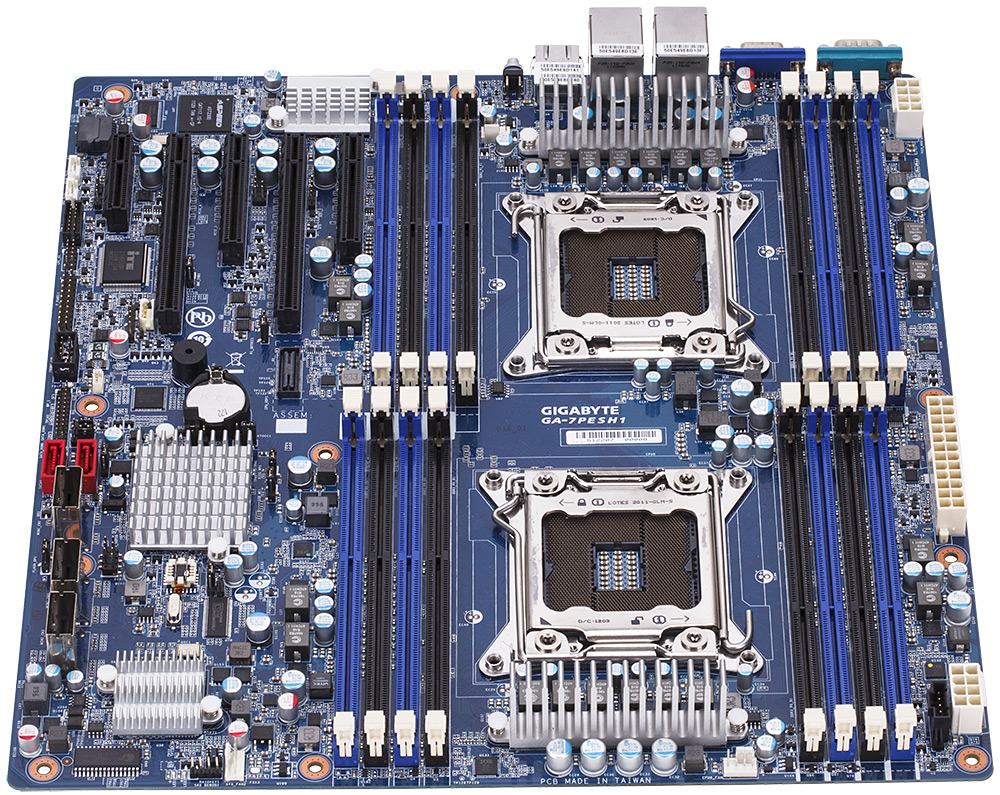“ Big Data ”
Three basic characteristics that define Big data are – volume , variety and velocity . Today the
volume of data is exploding rapidly whilst the percentage of data analysed is falling down . Variety of data leads to fundamental shift in traditional data handling processes . Velocity refers to the pace with which data is generated and handled .
Post cloud , Big Data is the biggest trend setter for the IT world !!














